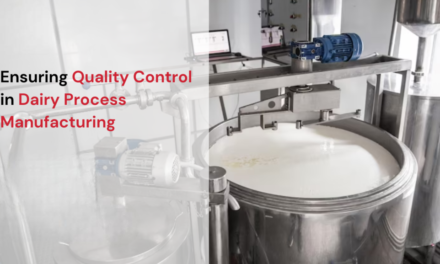Parboiled rice is processed through a unique method that involves partially boiling the rice while it is still in its husk. This process changes the physical and chemical structure of the grain, enhancing its nutritional profile, cooking properties, and storage characteristics. The process involves three main steps:
1. Soaking
- What Happens:
- The paddy rice (unmilled rice with husk) is soaked in warm water (50–70°C) for several hours to allow the grain to absorb water.
- This step softens the grain and helps dissolve some nutrients in the husk and bran, which later penetrate the kernel.
- Purpose:
- Prepares the grain for steaming and initiates the transfer of nutrients from the bran and husk to the endosperm.
2. Steaming
- What Happens:
- The soaked rice is steamed under controlled pressure and temperature.
- Heat gelatinizes the starch and locks nutrients into the kernel.
- Steaming also hardens the grain, making it less prone to breakage during milling.
- Purpose:
- Enhances nutritional retention.
- Changes the grain’s color to a yellowish hue due to the Maillard reaction.
3. Drying
- What Happens:
- The steamed rice is dried to reduce its moisture content, making it easier to store and mill.
- Drying can be done using mechanical dryers or by sun-drying.
- Purpose:
- Prepares the rice for milling without damaging its structure.
4. Milling
- What Happens:
- After drying, the rice is milled to remove the husk, bran, and germ, yielding parboiled white rice or retaining the bran layer for parboiled brown rice.
- Purpose:
- Produces a polished grain that is ready for packaging and consumption.
Benefits of Parboiled Rice
Parboiled rice offers several advantages, making it a popular choice for consumers, farmers, and processors.
1. Nutritional Benefits
- Retention of Nutrients:
- Parboiling transfers water-soluble vitamins and minerals, such as thiamine (Vitamin B1) and magnesium, from the bran and husk into the endosperm, making it more nutritious than regular white rice.
- Higher Protein and Fiber Content:
- Retains more fiber and protein compared to polished white rice, especially in parboiled brown rice.
- Lower Glycemic Index:
- The gelatinized starch in parboiled rice digests more slowly, resulting in a steadier blood sugar response, which is beneficial for diabetics.
2. Enhanced Cooking Properties
- Non-Sticky Texture:
- Parboiled rice grains remain separate and fluffy after cooking, making them ideal for pilafs, biryanis, and fried rice.
- Shorter Cooking Time:
- Parboiled rice cooks faster than regular brown rice while retaining more nutrients.
3. Improved Milling and Storage
- Less Breakage:
- The steaming and gelatinization process hardens the grains, reducing breakage during milling and transport.
- Longer Shelf Life:
- Parboiled rice has a lower susceptibility to spoilage due to the removal of oils in the bran and germ.
4. Sustainability and Economic Advantages
- Reduction of Waste:
- The process allows farmers to use lower-quality paddy rice that might otherwise be wasted.
- Better Recovery Rates:
- Enhanced milling efficiency means more usable rice per unit of paddy.
- Support for Food Security:
- The longer storage life and improved nutritional profile make it a valuable staple for regions with food security challenges.
5. Resistance to Insects and Pests
- Tougher Grain:
- Parboiling reduces the grain’s susceptibility to pest infestations and fungal attacks during storage.
Drawbacks of Parboiled Rice
While it offers numerous benefits, there are some potential drawbacks to parboiled rice:
- Yellowish Color: Some consumers prefer the white appearance of regular rice.
- Stronger Flavor: The processing imparts a nutty flavor that may not appeal to all.
- Cost: Parboiling adds to production costs, potentially making it more expensive than non-parboiled rice.
Applications of Parboiled Rice
- In Culinary Use:
- Commonly used in pilafs, biryanis, and fried rice recipes due to its non-sticky nature.
- In Global Markets:
- Popular in regions like South Asia, West Africa, and the Caribbean.
- In Food Aid:
- Used in food security programs due to its longer shelf life and nutritional value.
Conclusion
Parboiled rice is a nutritionally superior and durable alternative to regular white rice, with benefits in cooking, storage, and processing. Its unique production process makes it a sustainable choice for improving global food security while meeting the needs of consumers seeking healthier dietary options.
Hashtags
#RiceNutrition #FarmToTable #RiceVarieties #OrganicRice #RiceRecipes #RiceFarming #RiceHarvest #RiceCooking #RiceDishes #RiceLovers #RiceFields #RiceMilling #RiceQuality #RiceHealthBenefits #RiceConsumption #RiceSustainability #RiceFarmers #RiceCultivation #RiceConsumers #RiceIndustry









